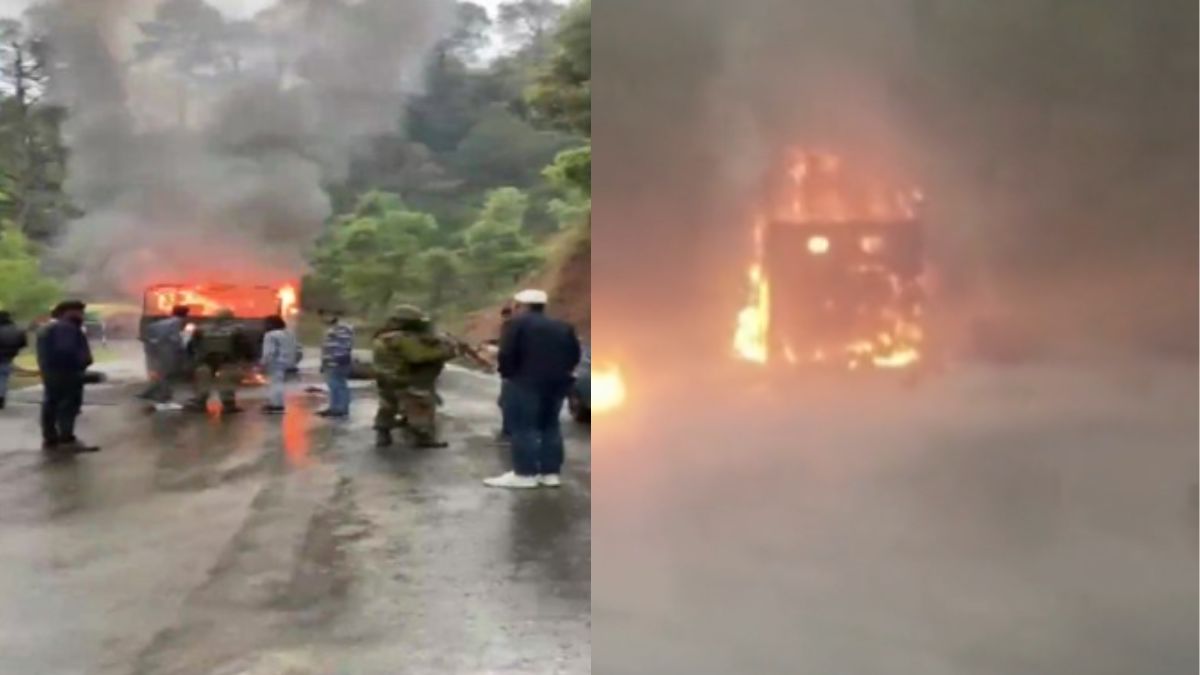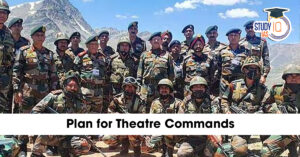Table of Contents
All Eyes on Poonch Attack has become a moving rallying call on social media sites, raising national and global attention to the growing humanitarian disaster in Jammu and Kashmir’s Poonch district. Poonch Attack comes after rounds of intense cross-border military clashes between India and Pakistan, especially following India’s Operation Sindoor—a counter-terrorist attack on terror camps across Pakistan and Pakistan-occupied Jammu Kashmir (PoJK) in retaliation for the April 22 Pahalgam terror attack that left 26 people dead.
All Eyes on Poonch Attack
After India’s Operation Sindoor, Pakistan’s artillery shelling was aimed at civilian locations in Poonch, and there were heavy casualties and damage. At least 12 civilians, including children, were killed, and many others were injured in the Poonch Attack, according to reports. Most importantly, a gurdwara and several schools were among the buildings that were targeted, adding to the tragedy and drawing widespread condemnation.
The ongoing cross-frontier firing and targeting of civilian zones have naturally brought the security situation in Poonch into sharp focus. There are apprehensions regarding the escalation and the security of the people in the border regions.
Pakistan’s Retaliation After Operation Sindoor
After India’s targeted attacks on terror facilities, Pakistan began intense artillery and mortar firing along the Line of Control (LoC), with Poonch being one of the worst-hit districts. This untargeted shelling resulted in the loss of many civilians, including women and children belonging to Sikh and Muslim communities, and widespread destruction of houses, religious buildings (a Gurudwara, mosque, and Geeta Bhawan), and civilian infrastructure.
While India carried out Operation Sindoor with the alleged objective of targeting terrorist infrastructure and not civilian lives, the later shelling by Pakistan has brought a stern retaliation from the Indian Army, which has reportedly hit Pakistani posts on the LoC. The spotlight on the Poonch Attack is now on whether this exchange of fire would escalate or if de-escalation would work.
Poonch Gurudwara Attack
The situation in Poonch district after Operation Sindoor on Wednesday, May 7, 2025, is one of tragedy and tension. One of the most painful incidents of shelling was the destruction of the Central Gurudwara Sri Guru Singh Sabha Sahib in Poonch. One of the walls of the Gurudwara was destroyed, and some Sikh community members who were in the area were among the fatalities. These included a raagi (hymn singer), a granthi (who does Paath and plays the tabla), and area shopkeepers.
Gurudwara, Schools and Civilians Houses Destroyed
Apart from the Gurudwara, houses, bazaars, a mosque, and a Geeta Bhawan were also shelled in Poonch Attack, with widespread fear and displacement taking hold among local civilians. Multiple families had to vacate their houses in search of safer havens.
Sikh leaders, politicians, and leaders have severely criticised the attack on the Gurudwara and the slaughtering of unarmed civilians and called for the termination of the violence and deliverance of justice.
About Poonch District of Jammu and Kashmir
Poonch is an important district of the Indian-administered Union Territory of Jammu and Kashmir in the Jammu division. Strategically located, it is flanked by the Line of Control (LoC) on its north, west, and south, effectively bordering Pakistan-administered Kashmir on three sides.
Geography
Poonch district is an area of 1,674 square kilometres (646 sq mi). It has predominantly mountainous terrain, marked by the Pir Panjal range that divides it from the Kashmir Valley to the northeast. The district capital is the town of Poonch at the meeting of the Poonch River and the Betar Nala at an altitude of approximately 1,021 meters (3,349 ft)
History
Poonch possesses a rich and ancient past with myths connecting it to characters in the epics such as Lord Rama and the Pandavas. According to belief, it was named after Maharishi Pulastya. In ancient times, it was called Dravabhisar in 326 BC at the time of Alexander’s conquest. It emerged as an independent state in the 9th century AD.
Poonch was a part of the Sikh Empire during the early 19th century and later became a jagir (feudal estate) under the Dogra rulers of Jammu and Kashmir until the 1940s. The 1947-48 war between India and Pakistan led to the partition of the original Poonch district, with the western portion becoming part of Pakistan’s Azad Kashmir.
Administration
Administratively, Poonch district is bounded by six tehsils named Haveli, Mandi, Mendhar, Surankote, Mankote, and Balakote. There are eleven blocks into which the tehsils are further demarcated. The district encompasses a total number of 179 villages.
Demographics and Culture
Poonch has a cosmopolitan population with strong representation of Islam (approximately 44%), Sikhism (approximately 33%), and Hinduism (approximately 21%), which expresses a distinctive cultural mix. Pahari, Gojri, Kashmiri, Dogri, Urdu, and Hindi are the main languages spoken. Poonch has a tradition of folk songs and rich culture in its background, shaped by its cosmopolitan religious mix.
Conclusion
As “All Eyes on Poonch Attack,” the spotlight continues to be on the security and welfare of the besieged civilian population. The world watches anxiously, expecting de-escalation and a return to stability in this sensitive border area. The Poonch tragedy is a grim reminder of the human toll of war and the need for urgent dialogue and peaceful resolution of the enduring tensions between India and Pakistan. The world prays that the pain and agony suffered by the people of Poonch will not go in vain and will act as a catalyst for a fresh commitment to peace and stability in the region.


 Theaterisation of the Indian Armed Force...
Theaterisation of the Indian Armed Force...
 Industrial Accidents in India: Reasons, ...
Industrial Accidents in India: Reasons, ...
 S-400 Missile Defence System, Features o...
S-400 Missile Defence System, Features o...

























